There’s little doubt that Montreal’s Olympic Stadium has earned a reputation among Canada’s most memorable structures. But inextricably linked to its esthetic appeal is the project’s troubled construction and engineering history.
“Everyone agrees it’s a structure of rare elegance, both its main structure and its mast,” says Jean-Claude Marsan, a professor emeritus of architecture and urban planning at the University of Montreal. He also was chair of the committee tasked with completing the stadium.
“If one refers to Leon Battista Alberti’s definition of successful architecture — voluptas, firmitas, commoditas (aesthetics, strength and functionality) — the Olympic Stadium really responds to only one criterion: voluptas. In comparison, even if the Eiffel Tower could not accommodate visitors or antennas at its summit, it would not change its value as a signature monument. The Montreal stadium should have been designed to safely accommodate crowds in both summer and winter and can only do so safely for half the year.”
Fresh from accolades received as host of Expo 67, Montreal was keen to repeat its success with the 1976 Olympic Summer Games. Both events were championed by Montreal Mayor Jean Drapeau. He’d always wanted to build a signature tower in Montreal and once floated a trial balloon to dismantle the Eiffel Tower and borrow it for Expo. Failing that, he hoped to build a 325-metre tower in time for the exposition.
No Montreal tower was built for Expo, but Drapeau saw in the Olympics a chance to revisit his dream.
“The problem was that Mayor Drapeau made every decision on his own,” says Marsan.
“Visiting the stadium of the Parc des Princes in Paris, he decided that its architect, Roger Taillibert, would also be the architect of the Olympic Stadium. If, as usual, a committee of experts had evaluated Taillibert’s proposal, it would never have been accepted because it was not adapted to the Montreal climate.”
Located at Olympic Park in the Hochelaga-Maisonneuve district of Montreal, the initial budget for the stadium was estimated at $134 million. It was the first post-tensioned, pre-stressed concrete structure of this magnitude built in North America.
The stadium was designed in an elliptical shape and would incorporate the Montreal Tower into its north base. At 175 metres, it’s the world’s tallest inclined tower — and looks suspiciously like Drapeau’s Expo tower design. A retractable roof, to be controlled by cables suspended from the tower, was the stadium’s most problematic design feature.
Olympic Park also included the Velodrome, the Claude-Robillard Centre and the Olympic Village. Work began on April 28, 1973 with the removal of almost two million cubic metres of clay and limestone.
Concrete work was awarded to Schokbeton, and prefab building elements were poured at its facility in Saint-Eustache, Que. Only the city’s Pie-IX Bridge could support delivery of some of the heaviest stadium elements. More than 12,000 prefabricated units were assembled on site, and represented 71,500 cubic metres of concrete.
Some cost overruns were unavoidable. For example, the stadium contains more than 1,000 kilometres of high-tensile steel cable. The price of steel was $200 per ton when ground broke, but rose to $1,200 during construction.
Harsh winters also choked progress. Construction workers walked off the job in May 1975 and the strike continued to October.
On Nov. 20, 1975, the Quebec National Assembly authorized the Regie des installations olympiques (RIO), a provincial committee, to assume control of the Olympic Park construction project, to keep it on schedule.
The Olympic Games commenced on time on July 17, 1976. Project costs to that date had ramped up to $264 million. However, the stadium still had no tower or roof, features that would have been appreciated during the men’s high jump event, when torrential rain drowned competing athletes.
Marsan was named RIO chair in January 1977, as the committee wrestled with the notion of completing the stadium.
“Members of the committee opted in favour of the roofing solution designed by architect Roger Taillibert,” he says.
“I presented a dissenting report, convinced that this solution would never work. As designed, the fabric roof could not support more than 30 centimetres of snow without jeopardizing the structure of the enclosure. Annual snowfall in the city averages two metres.”
Marsan notes that hot air guns compensated by melting snow from the roof, but any interruption of the process would cause the entire structure to collapse in less than two hours.
“This was acknowledged by Taillibert himself,” he says.
“In addition, the roof could not be raised or lowered in a wind greater than 25 kilometres per hour. That’s more or less half the time during the summer. Finally, to prevent the Kevlar roof material from deteriorating too quickly, it could be moved no more than once a week. In short, the roof of the stadium would almost always remain closed. It was surprising that the architect did not anticipate this absurdity.”
In addition, the mast supporting the roof could not be built of concrete as planned by Taillibert, because the tower’s foundations weren’t strong enough to support it. The mast above 92 metres was reconfigured in steel supplied by Marine Industries.
The Kevlar roof was finally installed in 1987, almost 11 years late. However, the roof quickly tore and leaked in the rain. The retractable roof was replaced in 1998 by a fixed roof, which partially collapsed in 1999.
“Tears in the current fixed roof have become dangerous and it must be removed,” says Marsan. “There are two possible solutions. Either leave the stadium open, or close it permanently with a roof of a more realistic design. With a fixed roof, it would be necessary to modify the existing structure, which may affect overall esthetics.”
Since nicknamed “The Big Owe”, the city finally paid off the stadium in 2006. All told, the cost to build, repair and maintain the stadium over 30 years amounted to $1.47 billion.
Following the departure of the Montreal Expos baseball team in 2004, the stadium has not hosted a regular flagship tenant from a major league sports team.
But it continues to attract visitors and host major events, including the 2008 Grey Cup Game. The stadium also remains the largest by seating capacity in Canada — it can accommodate more than 78,000 people during a concert.
In a 2009 survey by Leger Marketing, almost half of Quebec respondents spontaneously identified the stadium as the primary symbol of the city. An overwhelming 95 per cent of respondents opposed its demolition.
Part UFO, part alien cephalopod and all chutzpah, the 41-year-old stadium seems to be, at last, a monument that Montrealers are warming up to.


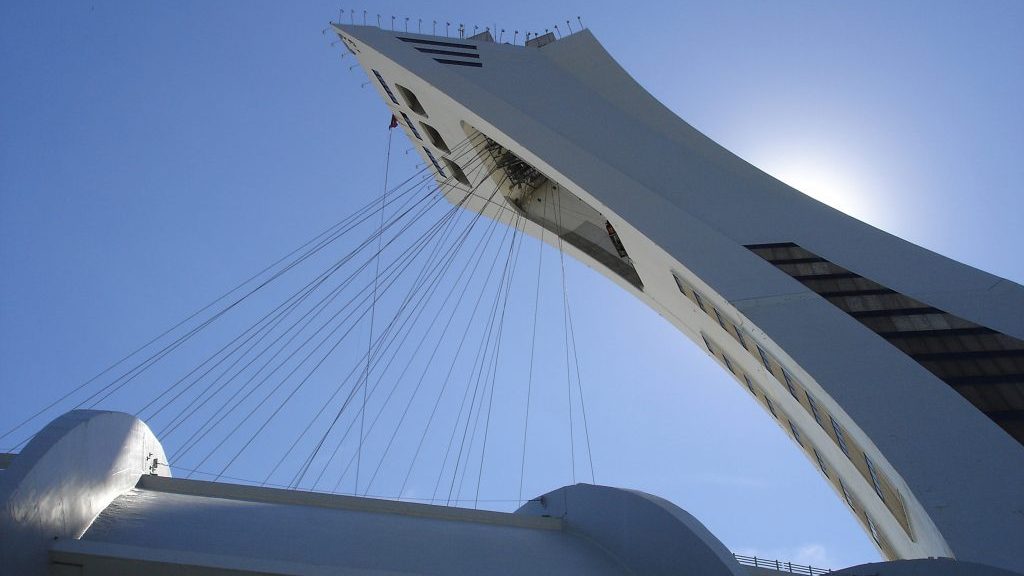

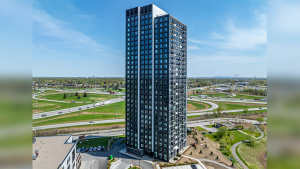
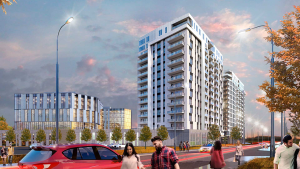
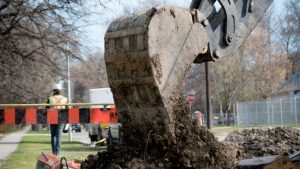


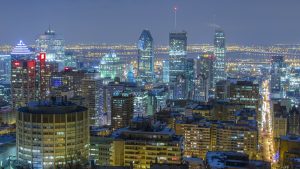

Recent Comments
comments for this post are closed